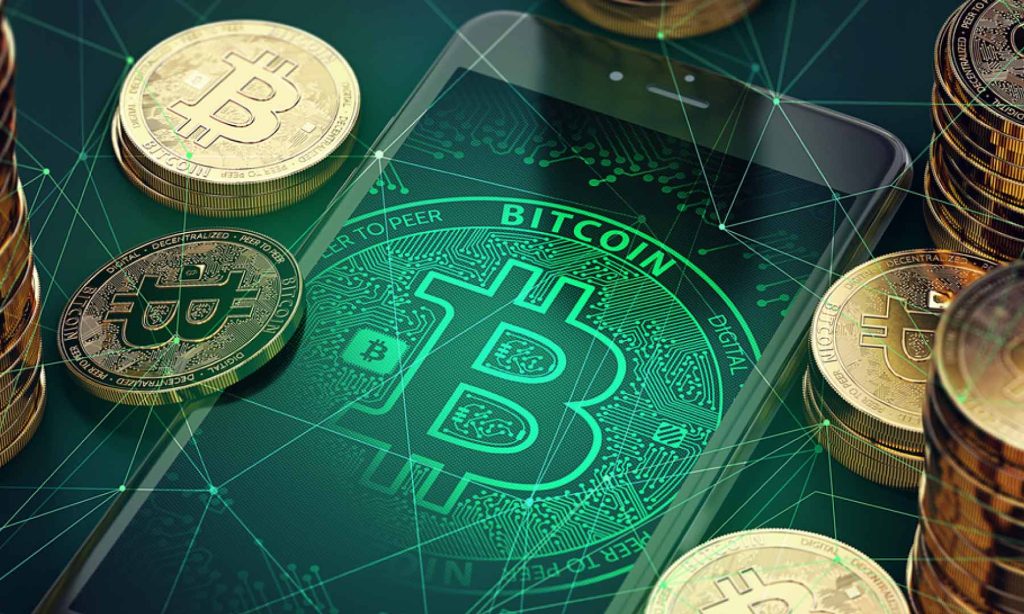Lightning Network, a network meant to improve Bitcoin’s efficiency, recently missed an entire block due to a complex multi-signature (multi-sig) transaction implemented as a crash test. This, in turn, caused the network’s nodes to fall out of sync with Bitcoin, the blockchain it runs on.
The incident confirms some of the fears developers have had about large transactions on the Lightning network. It is the closest the world’s largest crypto, Bitcoin, has come to an outage.
What do we know about the transaction?
A multi-sig transaction by a Bitcoin developer to test the network’s limits was behind the development. Bitmatrix Founder, Burak Keceli created and executed a complex multi-sig transaction, which needed 998 keys out of the maximum of 999 for the transaction to go through. Normally, only two signatures are required to spend funds on the network.
The transaction went through on 9 October, costing Keceli just $4.90 in fees. It was validated and mined into a BTC block. Following this, users pointed out that they were unable to stay in sync with the Bitcoin network.
What caused the issue?
The issue occurred because, despite adding the block, the Lightning Network Daemon (LND, a full implementation of a Lightning Network node) failed to correctly identify the most recent Bitcoin block. There was a bug in the filter (parsing library) of a BTC implementation, dubbed btcd, which ended up referring to an old version of the code to check and validate the block.
The CTO of Lightning Labs, Olaoluwa Osuntokun, took to Twitter to explain the matter. “The issue was in btcd’s wire parsing library that deserializes raw blocks,” he said, adding that “due to this bug LND wasn’t able to parse a new block, but was able to continue to forward as normal.”
However, requests to open new channels were rejected when the LND recognized that its internal wallet wasn’t synced to the chain.
The bug has been fixed and Lightning’s node operators are once again able to sync with the Bitcoin network. However, the incident seems to have opened the community’s eyes as far as sending large transactions is concerned.








